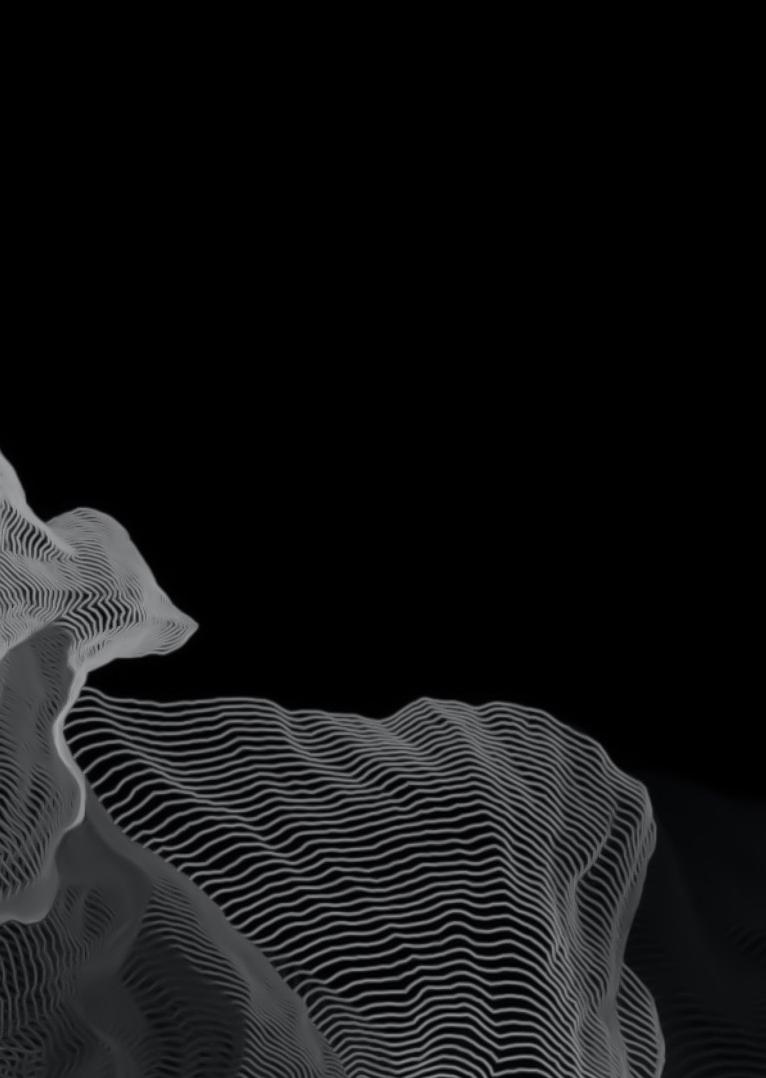

ANXIETY FAQS
WHAT IS ANXIETY?
Anxiety is more than just feeling stressed or worried. While stress can come and go, anxiety is pervasive and can affect your ability to function and therefore engage in work effectively.
It’s the brain’s reaction to perceived threats (logical or otherwise), with origins in biology and unique personal experiences.
WHY ANXIETY MATTERS IN THE WORKPLACE
For professionals, anxiety can be the invisible barrier to peak performance. It may lead to avoidance of leadership opportunities or collaboration, reducing both individual and team potential. Recognising anxiety is the first step to managing it effectively.
It is important to remember that anxiety is a common experience, especially in high-pressure environments. Addressing it not only enhances your wellbeing but also serves as a catalyst for professional growth and success.
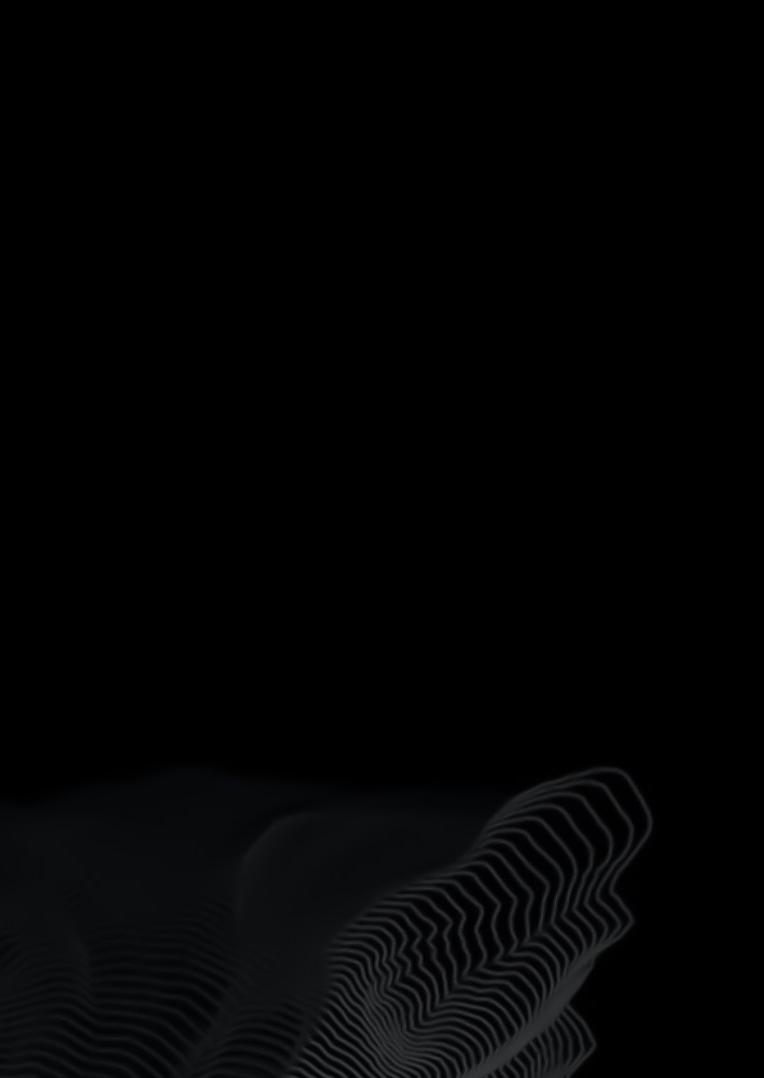
KEY INDICATORS OF ANXIETY
For the diagnostic criteria for anxiety please see here. Listed below are some key indicators of anxiety:
• Excessive worry about daily activities.
• Irrational fear of professional tasks or decisions.
• Inability to concentrate, leading to diminished work performance.
• Physical symptoms such as rapid heartbeat, fatigue, or gastrointestinal issues.
WHAT OTHER INDICATORS MIGHT YOU NOTICE AT WORK?
• Hesitation in decision-making despite years of expertise.
• Disproportionate concern over fluctuations and organisational dynamics.
• Impaired concentration that affects strategic planning.
• Physical manifestations that may include tension headaches, insomnia, or hypertension.
PRACTICAL STEPS TO MANAGING ANXIETY
IDENTIFY TRIGGERS PERSONAL INTERVENTIONS
The first step to managing anxiety is an ability to identify triggers. Some ways to identify your triggers are provided below:
1. DATA-DRIVEN ANALYSIS
Keep an “anxiety log” to track instances and identify patterns over time.
2. PROFESSIONAL REFLECTION
Regularly review decisions and their outcomes to pinpoint anxietyinducing processes. A “stocktake” on your own work.
3. FEEDBACK SYSTEMS
Implement confidential channels for receiving feedback, which can often highlight unforeseen stressors. Mentors, peer review, supervision, are some examples you may wish to try.
4. LIFESTYLE ASSESSMENT
Evaluate personal habits, such as sleep and diet, which can significantly impact anxiety levels.
PROFESSIONAL SUPPORT
Your GP can be the gateway to specialised care. They can assess your symptoms, provide initial counselling, and refer you to a mental health specialist when needed.
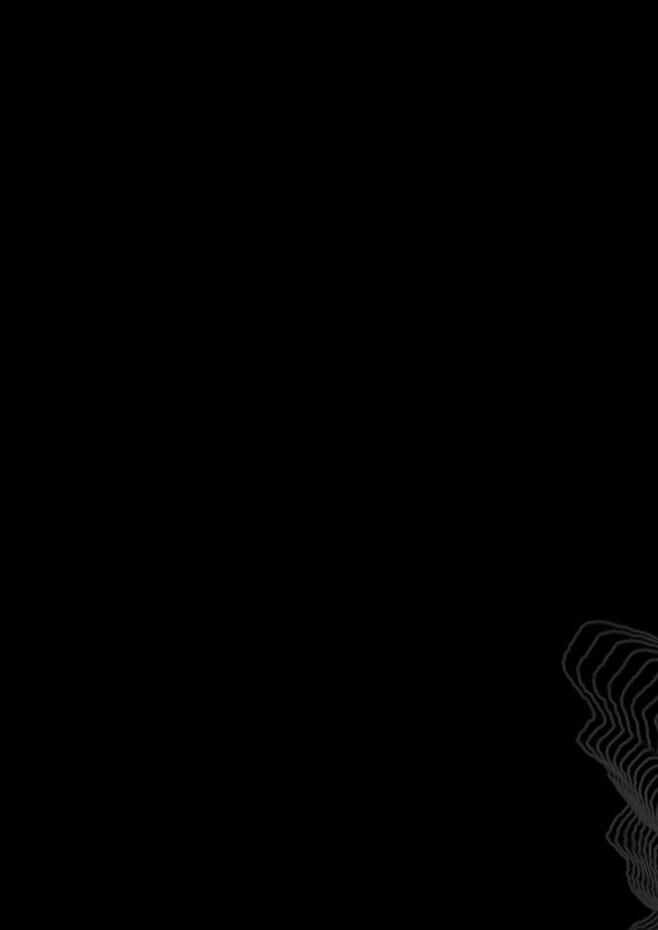
To effectively manage anxiety, it’s important to include various personal interventions. Some ways to incorporate thse are outlined below:
1. MINDFULNESS PRACTICES
Integrate meditation or deepbreathing exercises into your daily routine.
2. PHYSICAL ACTIVITY
Regular exercise can help reduce anxiety symptoms.
3. WORK-LIFE CONTENTMENT
Set clear boundaries between work and personal time to decompress.
4. EXECUTIVE COACHING
Partner with coaches who understand the landscape aligned with your workplace to refine leadership and stress-management skills.
5. NUTRITIONAL PSYCHIATRY
Explore the benefits of the gutbrain axis, omega-3 fatty acids, B vitamins, probiotics, Mediterranean diet, and mindful eating. 1 3 4 2 5 6
LEVERAGE EQUILIBRIUM
ABOUT EQUILIBRIUM
Equilibrium is an online program that provides businesses a long-term solution to maximise team performance, improve culture and retain talent, with measurable outcomes.
THE EQUILIBRIUM PROGRAM
The Equilibrium Program couples digital health and wellness education with practical sessions to create an engaging and effective wellbeing program that encourages lasting behavior change.
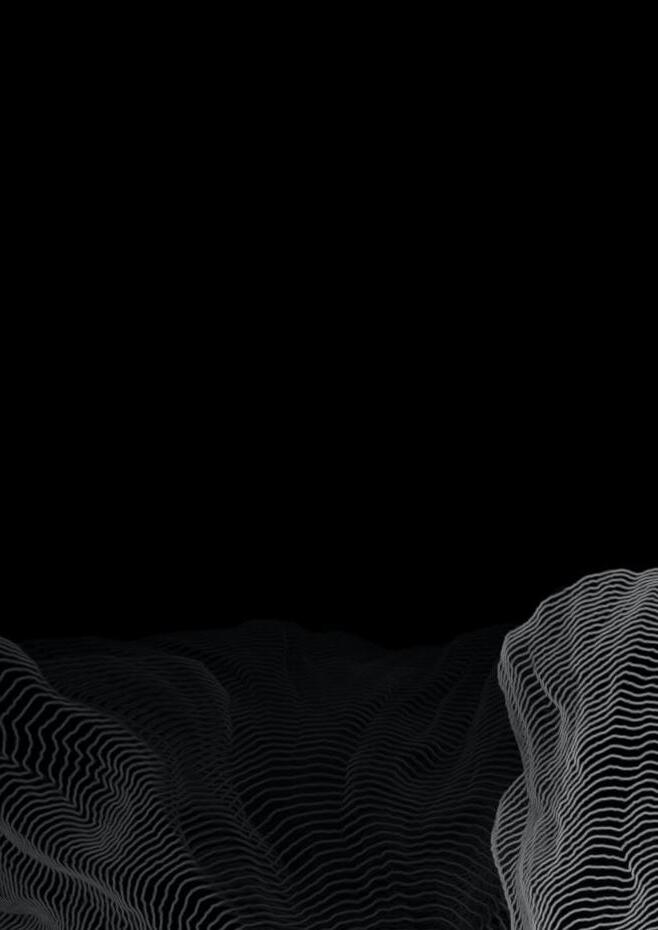
DIGITAL EDUCATION
An on-demand digital resource for learning, featuring proven theoretical health and wellbeing practices to complement professional routines.
PHYSICAL EXPERIENCE
Interactive learnings and immersive experiences at EQ to complement digital learning, provide you with the practical tools to succeed at work and carry through life.
DISCLAIMER
This document has been provided for general information only and must not be relied upon in any way. The information issued by Equilibrium is not intended to be a substitute for obtaining professional medical advice, diagnosis, or treatment. If you are experiencing health concerns, you are encouraged to seek medical advice from an appropriately qualified medical practitioner. While Equilibrium makes every effort to ensure the accuracy of this document, Equilibrium does not guarantee its accuracy, completeness and does not accept responsibility or liability for any injury, loss or damage incurred by use of or reliance on its information. Before relying on this information, you should carefully evaluate it and where appropriate seek professional advice
ENDNOTES
1 Foster, J. A., & Neufeld, K. A. M. (2013). Gut–brain axis: how the microbiome influences anxiety and depression. Trends in Neurosciences, 36(5), 305-312.
2 Grosso, G., et al. (2014). Omega-3 Fatty Acids and Depression: Scientific Evidence and Biological Mechanisms. Oxidative Medicine and Cellular Longevity.
3 Young, L. M., et al. (2019). Effects of vitamin B12 and folate deficiency on brain development in children. Food and Nutrition Bulletin, 40(2), S134-S146.
4 Pirbaglou, M., et al. (2016). Probiotic supplementation can positively affect anxiety and depressive symptoms: a systematic review of randomized controlled trials. Nutrition Research, 36(9), 889-898.
5 Sanchez-Villegas, A., et al. (2015). Mediterranean dietary pattern and depression: the PREDIMED randomized trial. BMC Medicine, 13, 208.
6 O’Reilly, G. A., et al. (2014). Mindfulness-based interventions for obesity-related eating behaviours: a literature review. Obesity Reviews, 15(6), 453-461.
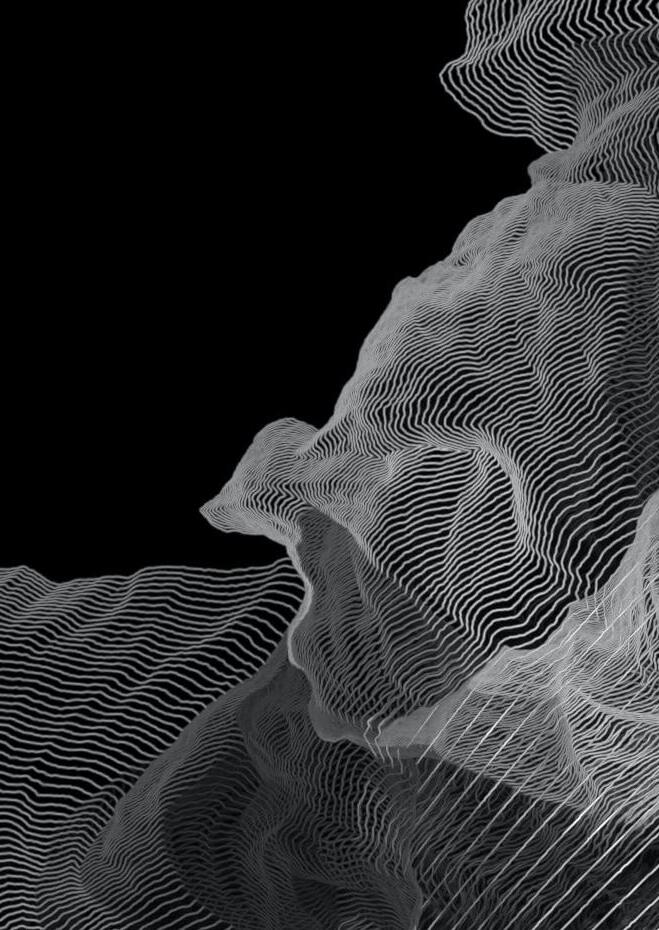
equilibrium-wellbeing.com @eq_wellbeing
